Ostara – Spring Equinox
The spring equinox, which falls in the middle of spring, is a time of new growth, where all of nature is sprouting and blossoming – seedlings emerge, birds lay eggs, bees buzz, and new life and momentum is celebrated. Seeds, nuts, honey, the season’s fruits, green vegies, green leaves, bean sprouts and egg dishes all align with the energy of the day. Egg nog, a frothy drink made from eggs beaten with sugar, milk, cream, nutmeg and vanilla fits well too.
Herbs of the season include marjoram, thyme, tarragon, lovage, tansy, lemon balm, elder, meadowsweet, vervain, lavender, jasmine and rose hips, so add them to your dishes, have a bunch in a vase, and strew them around the room (meadowsweet and tansy were once used to scent the bed rushes and keep cottages free of insects).
This sabbat is a fertility festival honouring Ostara, goddess of fertility, the dawn and spring. Her symbols are an egg and a hare, and she is still honoured today (albeit unknowingly for many!) in the form of the chocolate eggs and bunnies that have come to evoke Easter, so this is also a perfect time to indulge in chocolate!
Ingredients:
2 cups plain flour
0.5 cup icing sugar
250g butter
1 tsp pure vanilla essence
2 tblsps chopped fresh lavender flowers or 1 tblsp dried
What to do:
Sift the flour and the icing sugar into a bowl, then rub the butter through it. Add the vanilla and the lavender and mix well.
Turn the dough out onto a floured surface and knead lightly, then refrigerate the dough for half an hour.
Roll out and cut into the desired cookie shapes, or press the dough firmly into a greased baking tray and score into rectangles with a knife, creating lines where you want it to break once cooked.
Bake in a preheated 180C oven for 15 minutes, or until golden.
Orange and Honey Cake
Ingredients:
1 cup honey
0.5 cup macadamia oil
0.5 cup plain yoghurt
1 egg, lightly beaten
Juice of 1 orange
1 tsp grated orange zest
1 tsp pure vanilla essence
2 cups self-raising flour
Icing:
125g cream cheese, softened
3 tblsps honey
1 tsp pure vanilla essence
1 tsp grated orange zest
What to do:
Mix together the honey and the oil, then stir in the yoghurt and the lightly beaten egg. Mix well. (If you have a food processor you can use 125g of butter instead of the oil, if you prefer.)
Add the orange juice, orange zest and vanilla essence and stir well to combine.
Stir in the flour and combine until your mixture is smooth. Pour into a lightly greased cake pan and bake in a preheated 180C oven for around 25 minutes, or until cake is golden on top and cooked through. This also makes yummy cupcakes.
This cake is nice without icing, served hot from the oven, but you can also ice it – just combine the cream cheese, honey, vanilla and orange zest in a food processor or with a wooden spoon.
Decorate Some Eggs
Eggs have represented new life, spring, fertility and the cycle of rebirth for thousands of years. In Ancient Rome and Persia people exchanged them as gifts to celebrate the spring equinox and the new year, boiled with flower petals to colour them. They’ve long been associated with the goddess, with the yellow yolk symbolising the sun god and the egg white the maiden goddess, who were believed to come together at this time. Paint some hard-boiled eggs and decorate them with symbols that represent your desires, or make some chocolate eggs, meditating on your own metaphorical fertility and your ability to manifest dreams into reality as you do so. Gift some to friends, wishing them success in their own endeavours, or display them on your altar or your breakfast table.
Honey Fritter Cakes
Ingredients:
1 cup milk
2 tblsps honey (or more to taste)
2 eggs
1 cup self-raising flour
2 tsps cinnamon
What to do:
Whisk the milk, honey and egg with a fork.
Add the sifted flour and mix lightly (don’t over-beat as they’ll become tough). Add cinnamon and any other spices you like.
Heat a frying pan and lightly grease with butter or macadamia oil.
Drop small spoonfuls of the batter into the pan and lightly cook each side, or make larger ones to serve as pancakes for brekkie.
Chickpea and Marjoram Frittata
What you need:
1 Spanish onion
1 garlic clove, minced
Freshly cracked black pepper and sea salt to taste
Handful of fresh marjoram leaves
1 cup cooked or sprouted chickpeas
0.5 cup grated cheese
4 eggs
0.5 cup milk
What to do:
Slice the onion and fry it in a little oil or butter. Add garlic, black pepper and salt. Remove from heat and stir the herbs through. Add the chickpeas and stir to combine, then pour your mixture into a pie dish or similar. Top with grated cheese and extra herbs.
Beat the eggs, stir in the milk then pour over the chickpea and onion filling in the dish.
Bake in a preheated 200C oven, in the middle shelf, for around 20 minutes or until fluffy, golden and firm.
The beauty of a frittata is that you can add anything you like to it. Sweet potato, corn kernels and rocket is yummy, as is spinach and feta, and meat eaters may like to add ham or salmon – play around with any spring-time ingredients you like. You can also make pastry to turn it into a quiche – combine 2 cups of plain flour, 250g of butter, 1 cup of water, a pinch of salt and herbs. Mix well until a firm dough forms – add a bit more water if it’s too dry. Turn onto a floured surface and knead. Refrigerate for half an hour or more before rolling out and placing in a pie dish. Cook for 10 to 15 minutes, then allow to cool before filling with your ingredients and baking as above.
Lemon Balm Tea
Lemon balm is a member of the mint family. The tea has long been used to reduce stress and anxiety, ease depression, aid sleep, treat colds and flu, lower blood pressure, improve appetite and soothe indigestion, while the leaves were steeped in wine to lift the spirits, and applied topically to heal wounds, insect bites and stings. Fresh lemon balm leaves can also be added to fruit or green salads, sorbets, summer drinks, herb butters, custards, soups and casseroles.
To make the tea, place half a cup of fresh lemon balm leaves in a teapot and pour two cups of boiling water over them. Allow to steep for ten minutes, then strain and serve hot, with a touch of honey if you wish, or allow to cool then pour into ice-filled glasses. To make sun tea, place the leaves and two cups of cool water in a covered jar in the sun, and leave out for a few hours to steep.
I created these, and many more, recipes for the book Witchy Magic.
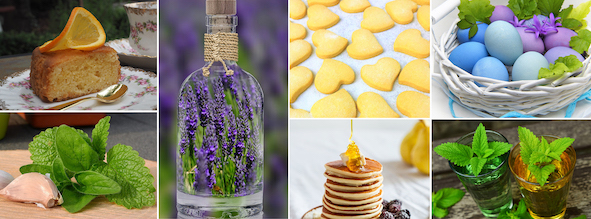
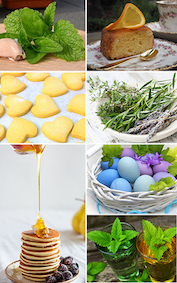

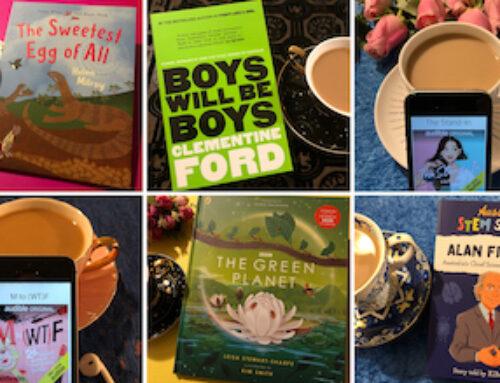
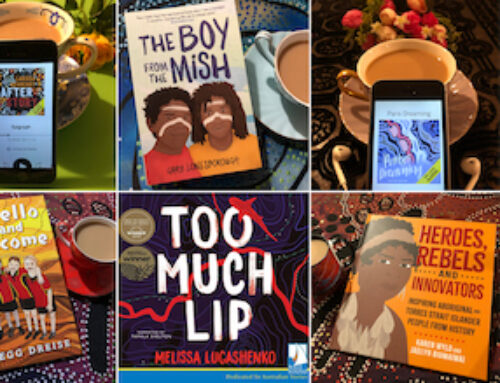

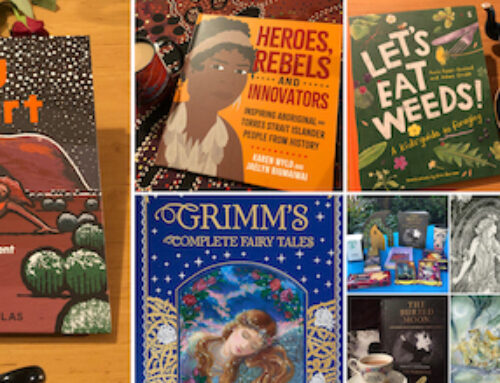


Get Social